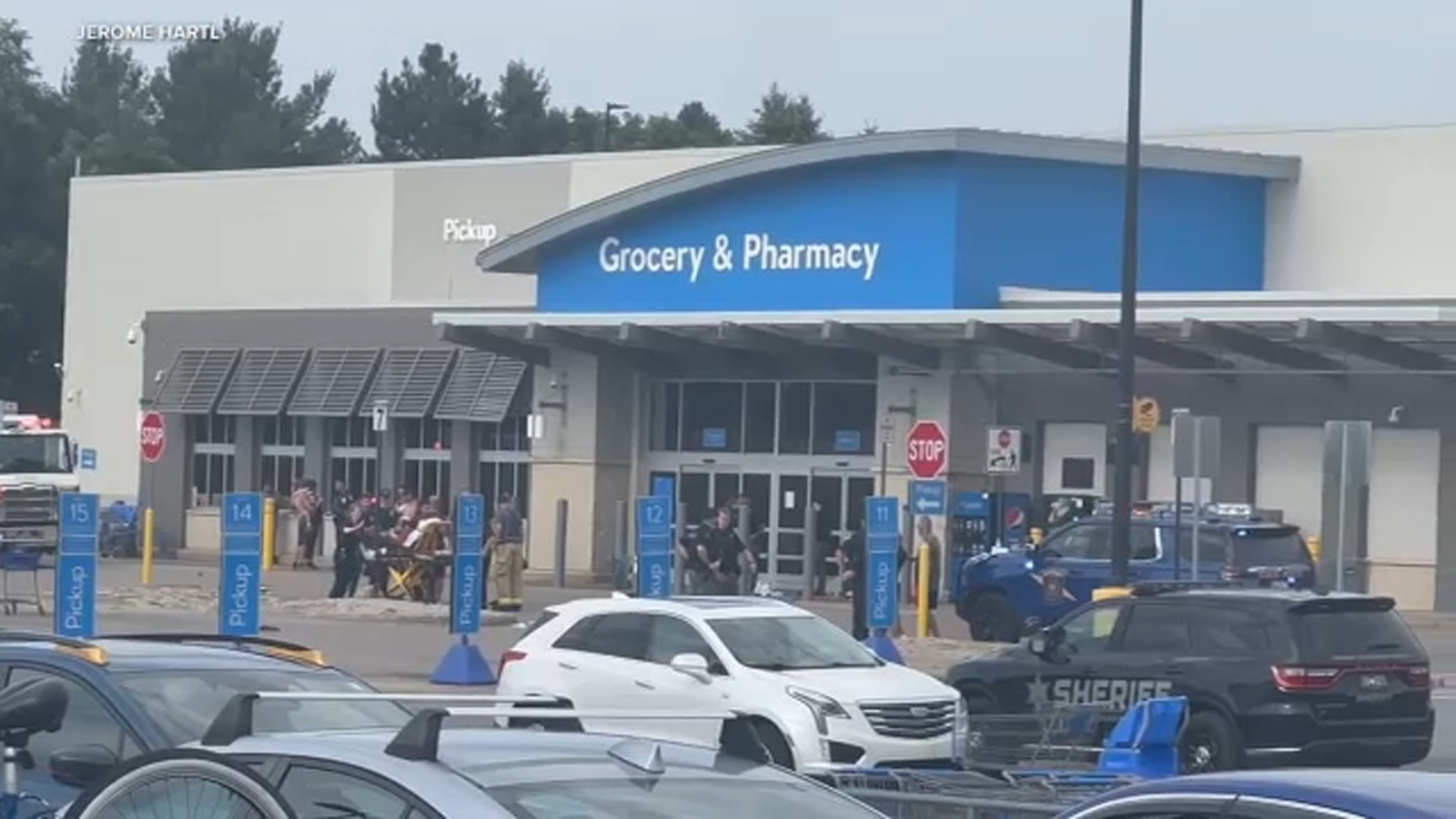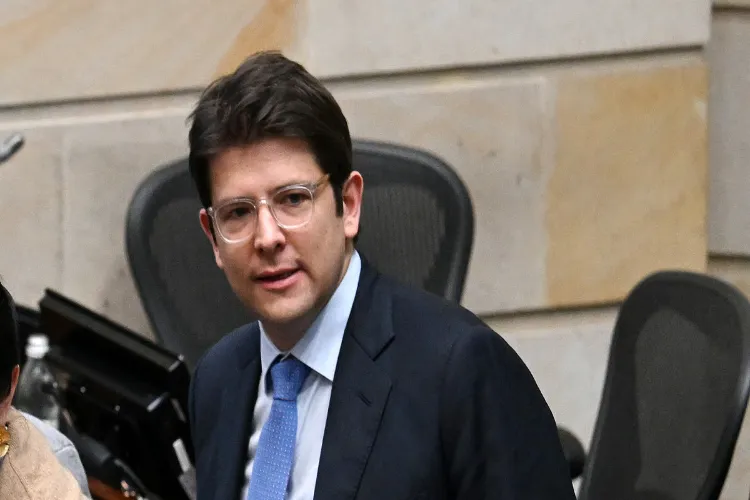The Return of Violence in Colombia: A Grim Reality

The Return of Violence in Colombia: A Grim Reality
The recent wave of attacks by armed groups in Colombia this year has reignited fears among Colombians of a return to the country's more violent past. The most recent incidents include a truck bomb and a helicopter downing, both of which have resulted in at least 13 deaths. These attacks are just the latest in a string of violent acts that have been plaguing the country, leaving many to question the stability and security of their nation.
The Rise of Armed Groups
The rise of these armed groups can be attributed to the country's fragile peace process with the Revolutionary Armed Forces of Colombia (FARC). With the demobilization of the FARC, power vacuums have been created, allowing other groups to emerge and fight for control. These groups are often involved in illegal activities such as drug trafficking, which further fuels the violence and instability in the region.
The Impact on Colombian Citizens
The continued violence has had a devastating impact on the people of Colombia. Many have been forced to flee their homes and seek refuge in other areas, while others live in constant fear of being caught in the crossfire. The attacks have also taken a toll on the country's economy, as businesses and industries are affected by the unrest.
In conclusion, the recent events in Colombia serve as a harsh reminder of the country
About the Organizations Mentioned
Revolutionary Armed Forces of Colombia
The **Revolutionary Armed Forces of Colombia (FARC)** is a Marxist guerrilla organization founded in 1964 as the armed wing of the Colombian Communist Party. It originated from peasant self-defense groups resisting government forces, particularly after a violent military attack on the community of Marquetalia led by Manuel Marulanda Vélez and 47 others, who then formed the FARC's core[1][4][5]. Initially focused on rural areas, FARC evolved into a large irregular army, expanded significantly during the 1980s through income largely derived from coca production and drug trafficking, and began to challenge the Colombian state with increased military sophistication and territorial control[1][2]. The FARC's goals centered on overthrowing the Colombian government, combating social inequalities, and redistributing wealth from elites to impoverished rural populations. The group also opposed foreign influence, especially that of the United States and multinational corporations, which they blamed for Colombia's social and economic problems[2][5]. FARC engaged in a range of activities including bombings, kidnappings (often for ransom), assassinations, and attacks on political and economic targets. Their involvement in drug trafficking financed their operations with hundreds of millions of dollars annually from extortion and coca taxes[2]. Politically, FARC attempted to enter legitimacy by founding the Patriotic Union (UP) party in 1985 during a ceasefire phase, which initially won significant electoral support. However, violent repression by right-wing paramilitaries decimated the UP, killing thousands of its members and forcing many into exile, effectively eliminating its political presence by the early 2000s[2][8]. After decades of conflict, a historic peace process began in 2012, culminating in a 2016 agreement between FARC and the Colombian government to end hostilities and transform the group into a political party. While this officially ended FARC’s armed insurgency, some dissident factions rejected the peace deal and continued armed







